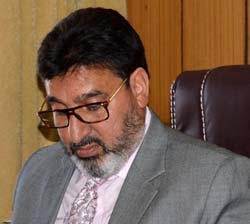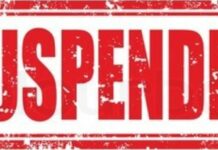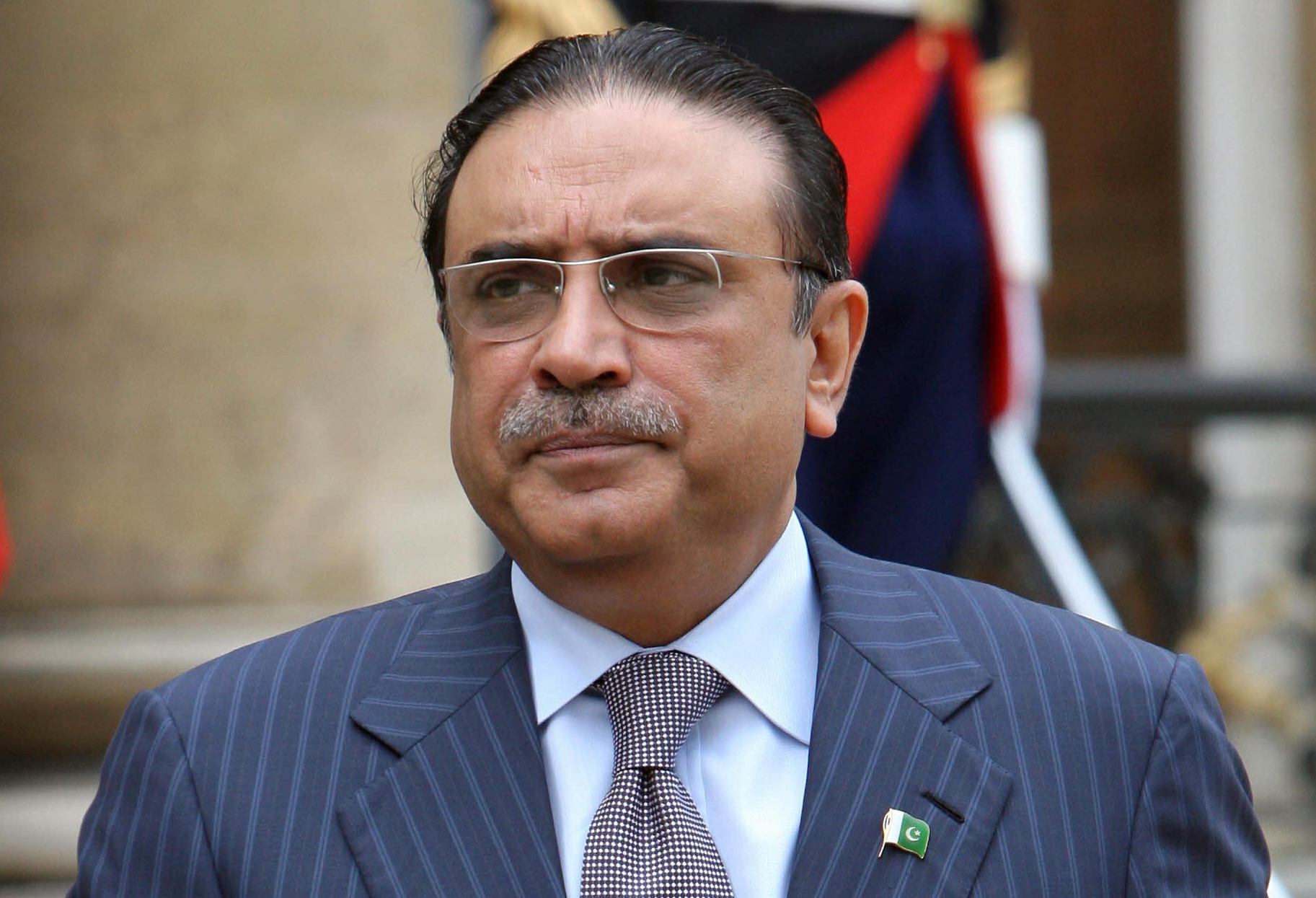Aabid Hussain
Srinagar
As the 14th GST council meeting concluded on Friday, the members failed to arrive at a consensus on Gold. Now the Council will meet on June 3 to settle all the issues on which there was no consensus. The new tariffs will be implemented by July 1.
“Finally the GST in relation to the service sector was completely adopted in today’s meeting where all the concerned ministers including state ministers were present,” Finance Minister Arun Jaitley. He said the services sector will also have a categorization depending on the nature of the service. “There were set of services which were exempted at present and those exemptions will continue.”

Health and education are two basic services that have been kept outside the ambit of GST regime.
The other services have been fitted into four different tax slabs of 5%, 12%, 18% and the luxury rate of 28%. The basic slab envisages transport, and railways services, goods transport, road transport, and air transport. Petroleum products are also outside the GST because those paying the service tax will not be able to get the benefit of input credits in this case.

All other services were put into 12% and 18% and there are few services which will fall into the 28% category.
There are just few subjects of common interest like restaurants with a turn over of 50 lakhs or below can go in for a composition at 5%. The service tax on non- air condition restaurants will be 12%. On air conditioned and those with legal licences will be 18% which fall under standard rate category. And those which are located in five star hotels will have the same service tax as it is applicable to five star hotels.
Similarly the hotels and lodges those with the tariff of below Rs 1000 are exempted. All above this will fall in 12% slab. Those with Rs 2500-5000 will have to pay 18% and the luxury hotels and above that will be 28%.
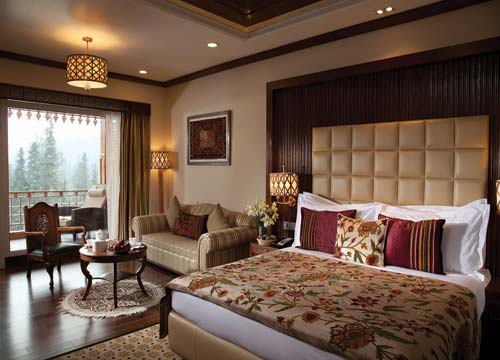
Works contracts that were currently falling in 6% and the state taxes range from one or 5% but no input credit was available. And most of the inputs like cement steel are pulled to 28% category.
The minister said that the list of all the services and their groups will be pt on the website soon.
“Most of the work relating to the rollout has been completed; only a few things remain that is in the goods categories which had still to be decided and we need a little bit more time for the discussion among the council and public comments,” the finance minister said. “We will also be looking at the presentation of the state of preparedness of the GST end.”

Reports said that of the current taxable items, seven per cent fall under the exempt list, 14 per cent in the lowest tax bracket of 5 per cent, 17 per cent items are in 12 per cent tax bracket, 43 per cent in 18 per cent tax slab and only 19 per cent of goods fall in the top tax bracket of 28 per cent. This means that as many as 81 per cent of the items will attract 18 per cent or less GST.
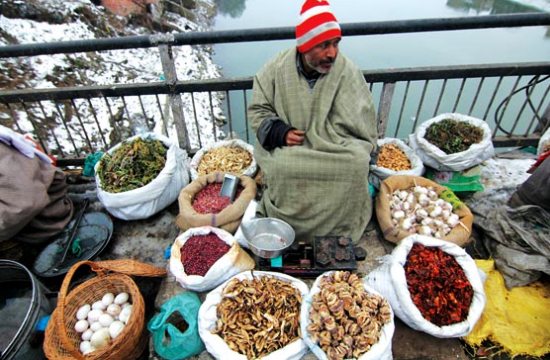
Zero tax category includes foodgrains, gur, milk, eggs, curd, lassi, unpacked paneer, natural honey, fresh vegetables, fruits, atta, besan, maida, vegetable oil, Prasad, common salt, contraceptive, bread, bindi, vermillion, stamp, judicial documents, printed books, bangles and handloom products.
Items falling under 5 per cent include sugar, tea, coffee, edible oil, coal, skimmed milk powder, milk food for babies, condensed milk, packed paneer, newsprint, umbrella, PDS kerosene, LPG, broom, fish fillet, cream, frozen vegetables, spices, pizza bread, juice, sabudana, coal, medicines, stent and lifeboat.

In the 12 per cent slab are items like butter, ghee, mobile phones, cashew, almonds, sausages, fruit juices, packed coconut water, agarbatti, frozen meat products, animal fat, mixtures, ayurvedic medicines, tooth powder, colour books and sewing machine.
The 18 percent category include items hair oil, soap, toothpaste, capital goods, industrial intermediaries, pasta, corn flakes, jams, soups, ice-cream, toilet paper, facial tissues, iron and steel, fountain pen, mineral water, camera, speaker, icecream, envelops and instant food items.
The heavily taxed category attracting 28 percent include items consumer durables, cars, cement, chewing gum, custard powder, pan masala, perfume, shampoo, make-up items, fireworks, motorcycles, paint, deodorant, shaving cream, hair dye, washing machine, vending machines, vacuum cleaner, hair clippers and dish washer.

Small cars will attract a 1 per cent cess, mid-sized cars will attract 3 per cent and luxury cars 15 per cent.
Pan masala gutka is in 28 per cent GST bracket. It will further attract a 204 per cent cess. With regard to other pan masalas the cess will be 60 per cent.
In case of tobacco, the levy will vary from 71-204 per cent. Scented zarda and filter Khaini will attract 160 per cent cess over and above 28 per cent
Filter and non-filter cigarettes not exceeding 65 mm will attract cess of 5 per cent plus Rs 1,591 per 1000 sticks.

Non-filter cigarettes exceeding 65 mm but not exceeding 70 mm will attract cess of 5 per cent plus Rs 2,876, that for filter cigarettes the levy is 5 per cent plus Rs 2,126 per thousand sticks.
For cigars, a hefty levy of 21 per cent or Rs 4,170 per 1000 sticks, whichever is higher, would be levied.
GST in J&K will be implemented by a separate GST law that the state will have to pass in the assembly before July 1







